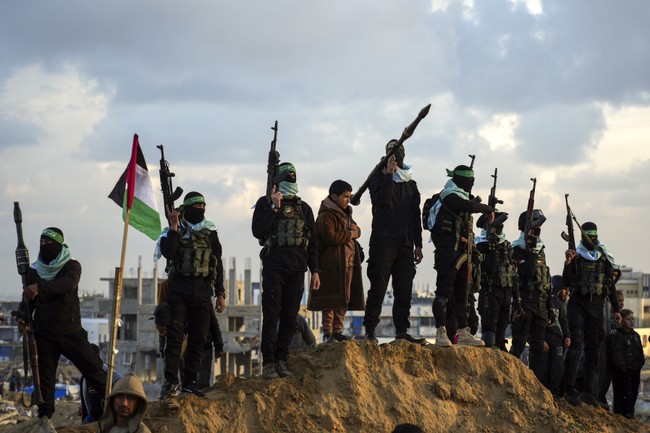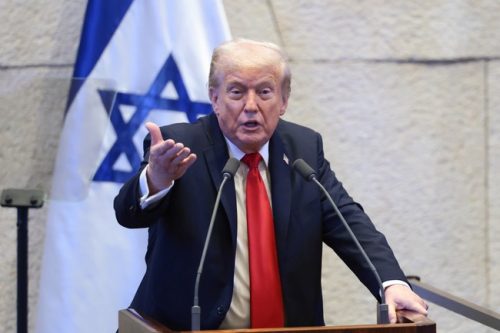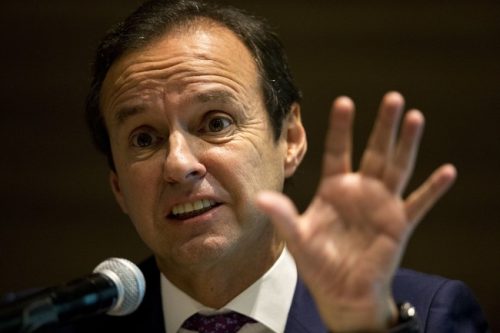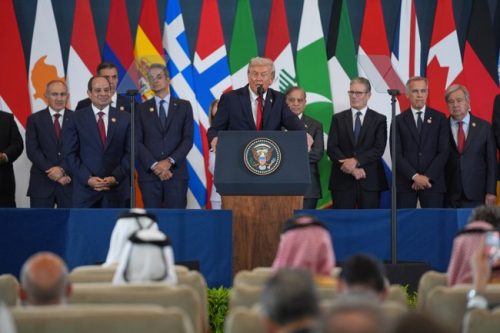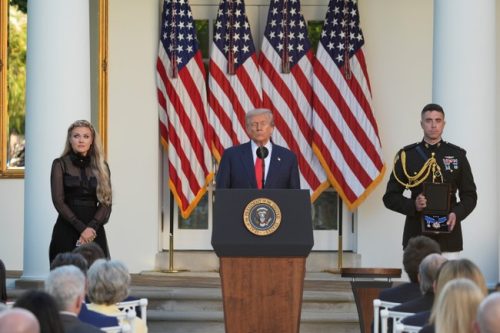Hamas Executes Rivals in Gaza As World Leaders Declare the War Over
Shortly after President Trump declared the two-year-long war between Israel and Hamas over, Hamas terrorists in Gaza took to executing their political opponents in public squares, with several of the videos circulating on social media.
An Israeli military official told Fox News Digital that the videos show “Hamas’s deliberate attempt to show the killing publicly and reestablish its rule by terrorizing civilians.”
Gazans describe fighters moving to reassert control across parts of the Strip while others hope the ceasefire and international coordination might bring real change.
Mukhaimar Abu Saada, a political analyst from Gaza, said disarming Hamas, a step required in President Trump’s peace plan, will be extremely difficult to achieve.
He noted the problem is ideological and deeply rooted in local networks that survived the fighting.
“This won’t happen quickly,” Saada said. “We’re talking about an ideological organization.”
“Even last night, people were killed in clashes between Hamas and local militias. It’s not a rosy road.”
Saada further stated that Hamas has given collaborators with Israel until October 19th to turn themselves in and seek amnesty from Hamas, a likely death sentence for any who tries.
That deadline underlines the raw power vacuum on the ground and the brutal tactics used to reassert authority in Gaza’s neighborhoods.
“They’re still strong,” he said. “Part of the reason they didn’t fight harder in the last days is that they saved some men and weapons for the day after.”
“I still see Hamas police in the streets of Gaza. Trump said they lost thousands, but they’re still there, able to control the streets once Israel redeploys.”
A Gazan who asked to remain anonymous warned that the end of large-scale fighting does not mean order has returned.
“You cannot say the war is finished. We have to wait a few weeks to see what happens. There are gangs in Gaza now; Hamas is trying to fight them.”
“If they don’t unify, another war could start,” he added, emphasizing how fragile a post-conflict transition can be when armed groups remain active.
“Hamas is not strong like before. Those who remain are mostly police — not the real Hamas people who believe in their extremist jihadist ideology. We have to watch what happens next and see if they rebuild,” he continued.
He argued that the very survival of Hamas depended on whether they would take the peace deal.
But he described the situation as strange, noting that “It’s not a real deal yet. We need someone from Hamas to explain what they agreed to, because we need to think about our future.”
Another Gazan voiced similar concerns about who will govern and whether the ceasefire will hold under the current uneven power structure.
“No one knows what is happening — who will rule, what will happen with Hamas, and if the war is truly over. We hope for a better future.”
“I just want me and my family to live without targeting, without bloodshed,” he said. “People just want the blood to stop. They want to stop losing their relatives and friends … It’s in their hands now — if they will allow Hamas to continue or finally rise up. But nothing is clear.”
Saada insisted that disarmament is central to any sustainable peace, and that local security arrangements will determine whether violence flares again.
“The real question is who will hold those weapons,” he said. “The Palestinian Authority or the so-called ‘security stabilization force’ that’s supposed to deploy next. It’s definitely going to happen, but we have to wait for the second phase of the negotiations.”
Editor’s Note: Donald Trump is America’s Peace Time President. Support and follow Townhall’s latest reporting on the president’s historic trip to the Middle East.

